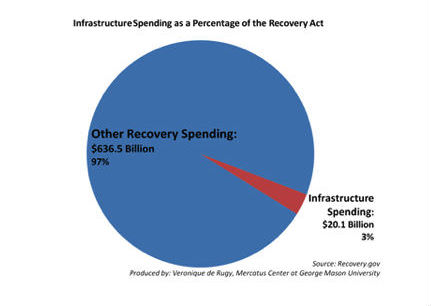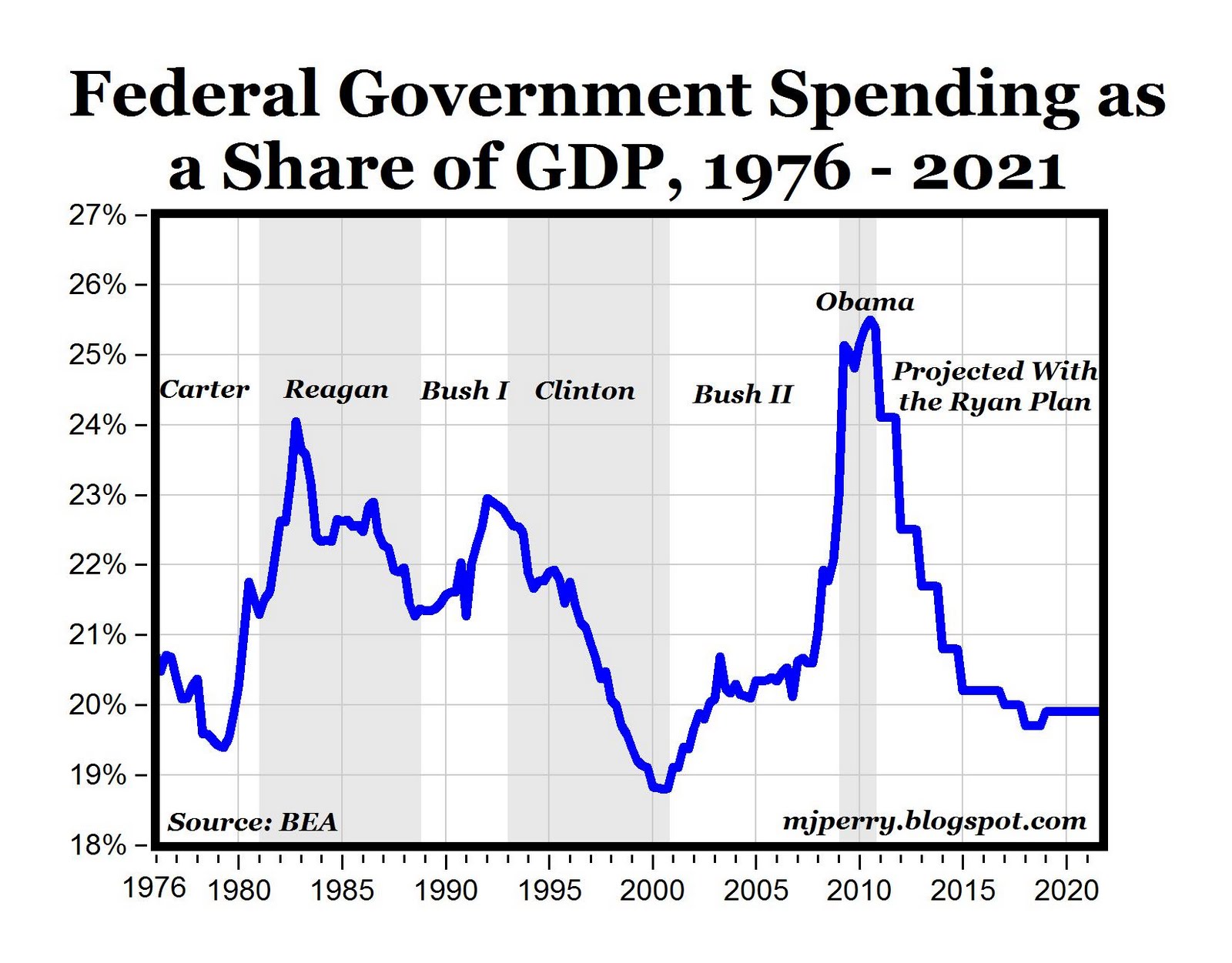It is amazing to me what passes for “economic analysis” on the left. Take the recent column by Moises Venegas. Among other claims he makes in his piece is that “for the past 40 years, wages for the working population have been stagnant.” According to Merriam-Webster, “stagnant” simply means not advancing.
Well, even according to the liberal Center for Budget and Policy Priorities, this is not true. Median incomes have increased since the 1970s as seen in the chart below:

Of course, this is only one aspect of the wrongness of his entire argument.
For starters, just because someone was poor back in the 1970s doesn’t mean they are still poor today. Since 1970, hundreds of thousands of people have immigrated to the US in search of a better life. While some immigrants have done very well for themselves, is it unreasonable to expect that they bring the median income number down somewhat?
Also, of course, there are the things that can be purchased with that money. As the Heritage Foundation points out, the number of Americans with air conditioning have increased from 36% to 83.9%, the percentage of households owning a computer is now 68%. Our society didn’t collapse when no one had a computer or air conditioning. Is Venegas saying that jealousy over inequality in distribution of these and other consumer items will?
Lastly, aside from the old saw “tax the rich,” Venegas makes no mention of how we can reduce inequality. Personally, I think that in a globalized world, there will be both more wealth and higher living standards for all, and greater inequality among Americans. There is not much that can be done (nor should there be) except to reform our education system so that more Americans can compete in the global, information economy.




